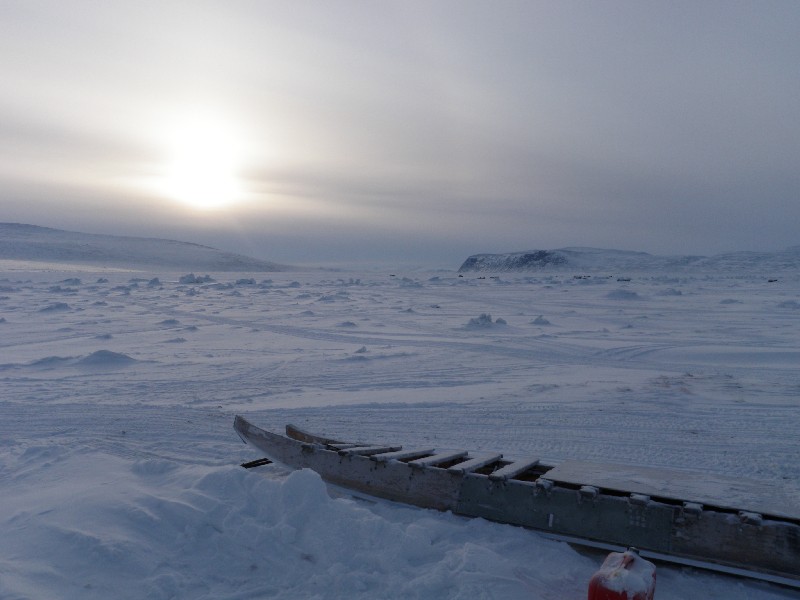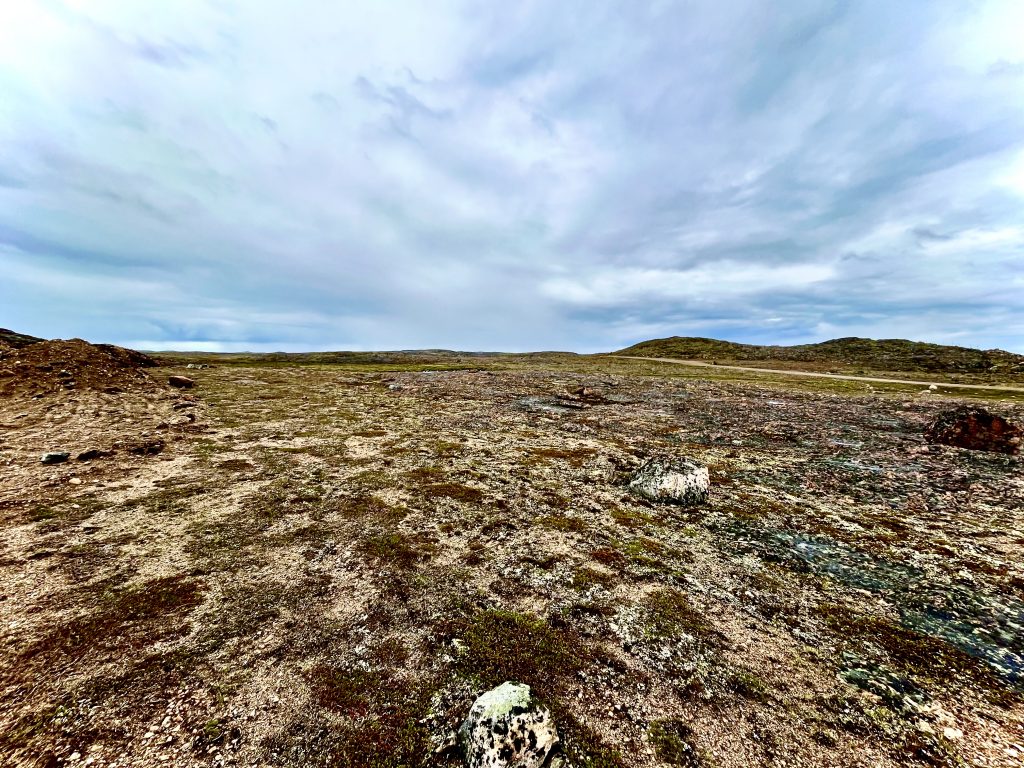Study suggests dust is a hidden player in the Arctic’s changing climate

Dust may play a bigger role in the warming Arctic than previously thought, said a team of scientists, raising questions about how these tiny particles affect the region’s climate.
According to their research, published this month in the journal npj Climate and Atmospheric Science, dust emissions in the Arctic have increased by 20 per cent over the past 40 years, a trend that could influence the way clouds form and how they affect the region’s climate.
“The results of this study suggest that changes in Arctic dust emissions caused by Arctic warming play a key role in estimating INP cloud and primary ice nucleation in the Arctic,” the Japanese research team said.
Ice nucleation refers to the process of when ice forms in clouds, because of tiny particles called Ice Nucleating Particles (INPs).
“When considering changes in the Arctic climate over a longer time scale, changes in INPs will be much larger, and both the temperature and emission feedbacks will be more pronounced than the estimates for the past 40 years because the emissions of Arctic dust will increase even more,” the researchers said.
Surprising effect on the feedback loop
Clouds are an important part of the Arctic climate.
Dust particles in the Arctic act as ‘seeds’ that ice can form around, which helps clouds develop. The clouds can then reflect sunlight and trap heat, influencing the climate. The amount of solar energy clouds reflect or absorb depends on the amount of ice or liquid water in them.
As the Arctic warms, more ground is exposed, making it easier for dust to get into the air. But the Japanese study found that as dust levels increase in the Arctic, the particles are becoming less efficient at helping ice form in clouds.

Surprisingly, the weaker ice formation reduces the clouds’ ability to reflect sunlight, which in turn affects their impact on the climate.
“This increase weakens the sensitivity of ice nucleation in Arctic lower tropospheric clouds to warming by 40 per cent compared to the case without considering Arctic dust emission increases,” the paper said.
“Our results demonstrate a better understanding of the counterbalancing feedbacks of Arctic dust (i.e., increasing emissions and decreasing ice nucleation efficiency) is needed for more accurate estimates of changes in ice nucleation in the rapidly changing Arctic climate.”
More research needed
The researchers say their findings also raise questions about how other air particles like black carbon or organic particles from the ocean, might interact with clouds.

The role of Arctic dust is not well represented in most climate models, and the way dust emissions change with warming or how different particles interact with clouds, is often overlooked, the researchers said.
“Our results demonstrate a better understanding of the counterbalancing feedbacks of Arctic dust (i.e., increasing emissions and decreasing ice nucleation efficiency) is needed for more accurate estimates of changes in ice nucleation in the rapidly changing Arctic climate.”
Comments, tips or story ideas? Contact Eilís at eilis.quinn(at)cbc.ca
Related stories from around the North:
Canada: Glacier melt in Arctic Canada exposes plants frozen under ice for 40,000 years, CBC News
Finland: Can climate adaptation be culturally sustainable in the Arctic?, Eye on the Arctic
Norway: Vegetation in Arctic Europe disturbed by mid-autumn thaw, The Independent Barents Observer
Sweden: Climate adaptation funding cut in budget in Sweden, Radio Sweden
United States: Warming North pushing earth into “uncharted territory”: Arctic Report Card, Eye on the Arctic



